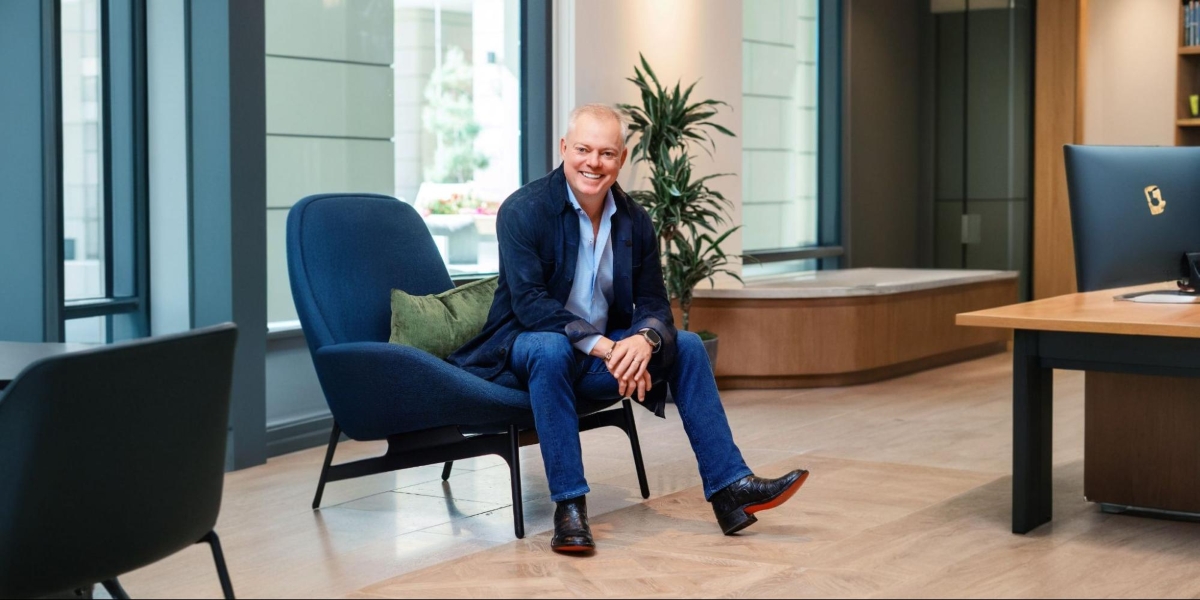For CEOs and high-level executives struggling with substance abuse, finding the right rehabilitation program is crucial for both personal recovery and professional preservation.
This targeted guide will explore the essential components that distinguish top-tier executive drug rehab programs from standard facilities, ensuring leaders can access the care they need while maintaining their corporate responsibilities and legacy.
Understanding Executive-Specific Substance Use Disorder Treatment
Executives, CEOs, and professionals often face unique challenges when dealing with drug or alcohol addiction, including fears surrounding job security and the stigma associated with seeking treatment.
Despite the high stakes, a surprisingly low percentage of individuals in these positions actually receive treatment for their substance use disorders.
This underscores the need for specialized programs that accommodate the demanding schedules of high-level professionals.
Unique Challenges Faced by Corporate Leaders

The demanding nature of high-level positions creates an environment where drug or alcohol use may begin as a coping mechanism for:
- Intense stress from decision-making responsibilities
- High-stakes financial obligations
- Public scrutiny and reputation management
Additionally, the corporate lifestyle itself can contribute to substance abuse issues. Constant travel disrupts routines and sleep patterns, while regular networking events often normalize alcohol consumption as part of doing business.
Performance expectations from shareholders and board members create relentless pressure to maintain a facade of control and success, even as addiction takes hold.
Key Components of an Executive Rehab Program
Executive drug rehabilitation offers specialized services tailored for high-level professionals through executive treatment programs.
These programs allow clients to maintain their work responsibilities while receiving treatment for substance abuse, offering luxury amenities and a strong emphasis on privacy and confidentiality.
1. Discretion and Privacy
In the world of executive rehabilitation, privacy isn’t just a luxury—it’s a necessity. Top-tier treatment facilities understand that their clients’ reputations and careers hang in the balance.
These centers implement comprehensive privacy measures that go far beyond standard confidentiality protocols.
The commitment to discretion typically includes:
- Private rooms and exclusive facilities where executives can focus on recovery without concerns about recognition
- Rigorous non-disclosure agreements for all staff members
- Secure communication channels for necessary business contacts
Many premium rehabilitation centers are strategically located in secluded areas, offering natural privacy while providing a serene environment conducive to healing. They often feature private entrances and exits, ensuring that clients can maintain their anonymity throughout their stay.
2. Continued Business Connectivity
Unlike traditional rehabilitation programs, inpatient treatment at executive facilities recognizes that completely disconnecting from work isn’t always feasible for high-level professionals.
These centers have evolved to provide a delicate balance between focused recovery and necessary business engagement.
State-of-the-art business centers within the facility typically offer:
- High-speed, secure internet connections
- Private office spaces equipped with necessary technology
- Video conferencing capabilities in soundproof rooms
A dedicated support staff understands the unique demands of executive positions and can provide administrative assistance for urgent matters.
This approach ensures that executives can maintain essential business connections without compromising their treatment progress.
3. Luxury Accommodations and Amenities in Inpatient Treatment
Executive rehabilitation facilities understand that comfort and amenities play a crucial role in the recovery process.
These centers often resemble high-end resorts, creating an environment where executives can focus on healing without sacrificing the standard of living they’re accustomed to.
The luxurious setting typically includes:
- Spa-like environments with premium services
- Gourmet, nutritionist-designed meals prepared by private chefs
- State-of-the-art fitness centers with personal trainers
Program Structure and Length of Stay
Executive rehab programs are designed to accommodate the busy schedules of professionals, offering flexible program structures and lengths of stay.
These programs recognize that executives may not be able to completely disconnect from their responsibilities, and they provide options that balance treatment with professional obligations.
Evidence-Based Treatment Approaches
Personalized Therapy Programs
Executive rehabilitation programs recognize that one-size-fits-all approaches don’t work for high-achieving individuals. Therapeutic approaches often combine traditional methods with executive-specific elements:
A core foundation of evidence-based therapies forms the backbone of treatment, including cognitive behavioral therapy and motivational interviewing.
Stress management techniques are particularly emphasized, teaching executives how to handle high-pressure situations without relying on substances.
Executive-specific group therapy sessions provide a unique opportunity to connect with peers who truly understand the pressures and challenges of leadership positions.
Holistic Treatment Options
Modern executive rehabilitation goes beyond traditional therapy to embrace a holistic approach to recovery, addressing both addiction and mental health. Understanding that healing must encompass body, mind, and spirit, these programs offer a comprehensive suite of complementary treatments.
The holistic program typically includes mindfulness and meditation practices specifically designed for high-performance individuals. These techniques help executives develop healthier stress responses and emotional regulation skills.
Nutritional counseling takes into account the demanding lifestyle of corporate leaders, creating sustainable eating plans that support both recovery and high performance.
Additional options often include:
- Yoga and fitness programs tailored to executive schedules
- Art or music therapy for creative stress relief
- Acupuncture and traditional Chinese medicine
Cost and Payment Options for Executive Rehab
Executive rehab programs can be a significant investment, but there are various cost and payment options available to help individuals access the treatment they need. Understanding these options can make the process more manageable and less stressful.
Aftercare and Continuing Support
Aftercare and continuing support are crucial components of executive rehab programs, helping individuals maintain sobriety and prevent relapse.
These services provide ongoing support and guidance, ensuring that the progress made during treatment is sustained long-term.
The Resources of Top Level Executive Rehab Programs
Finding the right executive drug rehabilitation center is a crucial decision for corporate leaders facing substance abuse challenges.
The road to recovery is personal and challenging, but with the right support system in place, executives can overcome addiction while preserving their professional legacy.
Remember, seeking help is not a sign of weakness, but rather a demonstration of the same decisive leadership that has driven your success in the corporate world, so make the move to get help today.
Published by: Nelly Chavez








